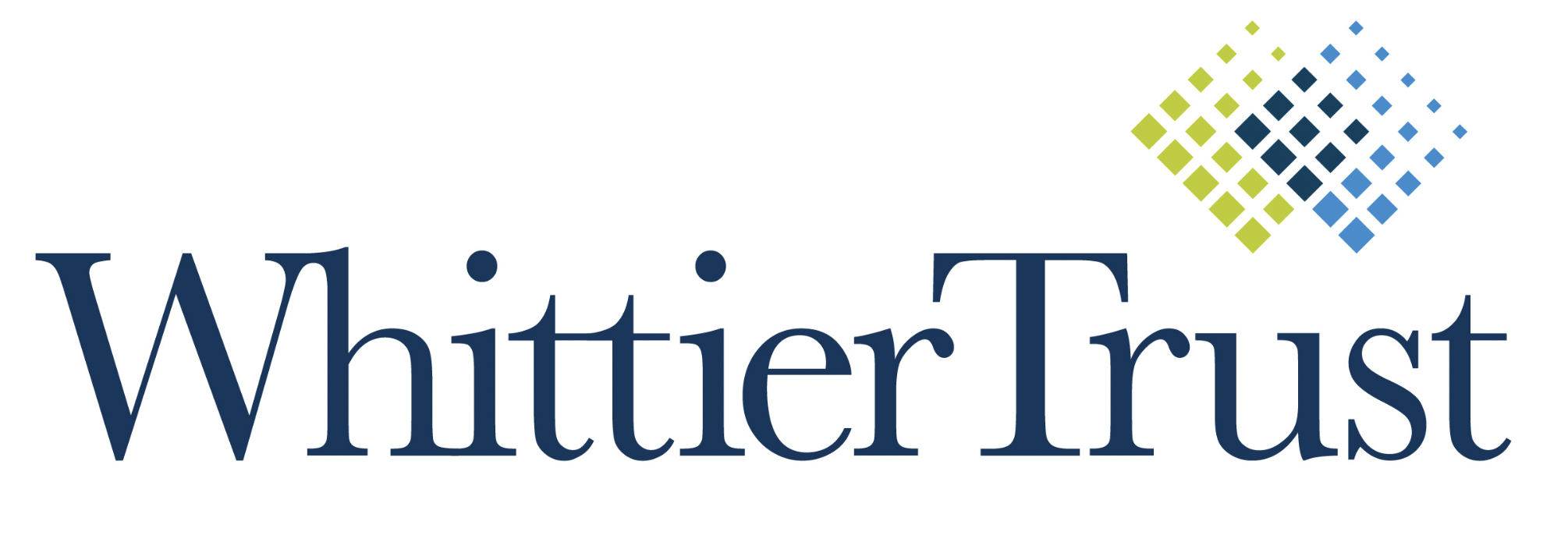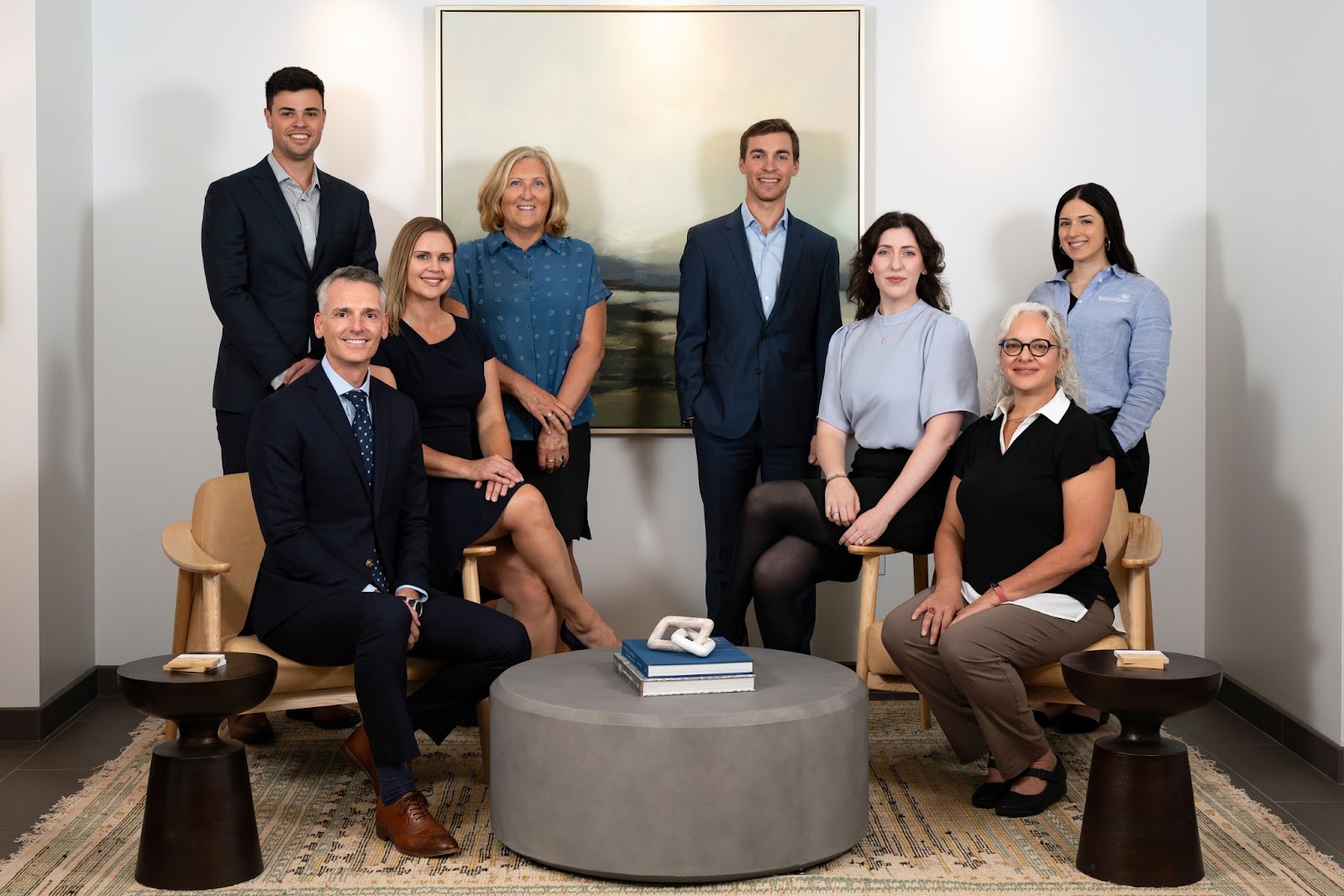Washington State’s New “Excise” Tax
A Google search today for “states without an individual income tax” will yield numerous articles on where to retire and will invariably list the following nine states: Alaska, Florida, Nevada, New Hampshire, South Dakota, Tennessee, Texas, Washington and Wyoming. Well, as of 2023, some high-net worth taxpayers might argue that Washington no longer belongs on that list.
On March 24, 2023, the Washington State Supreme Court (“WSC”) held as constitutional the state’s so-called Capital Gains Tax (“CGT”), which levies a 7% tax on the sale or exchange of long-term capital assets such as stocks, bonds, business interests or other investments and tangible assets. The CGT applies only to individuals and includes a standard deduction of $250,000, though individuals can be liable for the tax because of their ownership interest in a pass-through or disregarded entity that sells or exchanges long-term capital assets.
According to the WSC, the CGT is truly a unique tax, one-of-a-kind in fact. While most tax practitioners would consider a “capital gains tax” as falling into the bucket of an income tax, the WSC disagreed, instead ruling it an excise tax. As of today, Washington State is the only jurisdiction in the country with a capital gains excise tax.
Many tax practitioners, including me, predicted a judicial death for the CGT. Washington State’s Constitution requires taxes on property to apply uniformly and cannot exceed an annual rate of 1%. In the landmark case of Culliton, the WSC held that net income is property, and income taxes must therefore be applied uniformly and cannot exceed 1%. It is for this reason most were not surprised when the Washington Superior Court ruled that the CGT was unconstitutional. But not so according to the WSC, which held:
The capital gains tax is a valid excise tax under Washington law. Because it is not a property tax, it is not subject to the uniformity and levy requirements of article VII, sections 1 and 2 of the Washington Constitution. In light of this holding, we decline to interpret article VII or to reconsider our decision in Culliton. We further hold the tax is consistent with our state constitution's privileges and immunities clause and the federal dormant commerce clause.
The WSC further reasoned that the CGT was an excise tax because it taxes transactions involving capital assets and “not the assets themselves or the income they generate.” It was a brilliant and very clever workaround to keep in place a tax most big-city residents largely support. Seattle has since proposed its own capital gains tax that appears to have a polling majority in support. It’s worth noting that many polls showed that a majority of Washington State residents did not support the CGT, and the CGT was largely referred to as the Capital Gains Income Tax before the WSC’s ruling.
Exceeding Expectations
Washington State’s Department of Revenue is not complaining though, the new CGT blew away expectations. The new tax brought in a whopping $849 million in the first two days following the April 18 deadline (the normal deadline is April 15 unless April 15 falls on a weekend or a holiday). These proceeds amount to more than three times what the Department of Revenue projected in March 2023.
The Department of Revenue projected $248 million in 2023, $442 million in 2024 and more than $700 million in each of the following three years. The Department of Revenue expected that the CGT would apply to approximately 5,000 taxpayers, which is less than one-tenth of 1% of the state’s total population, or 7.739 million according to the United States Census Bureau’s 2023 report. What is perhaps more astounding is that the revenue from the tax came from just under 4,000 total returns filed and extended, and 500 of those taxpayers have not yet paid the tax.
Understanding the CGT Exemptions, Deductions and Allocations
The CGT was designed to largely affect taxpayers in the top one-tenth of 1% of the state’s total population. The $250,000 standard deduction means that taxpayers who owe the tax in one year may avoid the tax in future years as their long-term capital gains slip below that threshold. The CGT also has significant carve-outs from long-term capital gains, which includes the following exemptions:
- Sales of real estate.
- Interests in privately held entities to the extent that the capital gain or loss from such sale or exchange is directly attributable to real estate owned directly by such entity.
- Assets held in certain retirement accounts.
- Assets subject to condemnation, or sold or exchanged under imminent threat of condemnation.
- Certain livestock related to farming or ranching.
- Assets used in a trade or business to the extent those assets are depreciable under the Internal Revenue Code or qualify as business expenses under the Internal Revenue Code.
- Timber, timberlands, and dividends and distributions from real estate investment trusts derived from gains from the sale or exchange of timber or timberlands.
- Commercial fishing privileges.
- Goodwill received from the sale of a franchise auto dealership.
The CGT also has significant tax deductions. One such deduction that will be appreciated by small business owners is that of the deduction from long-term capital gain of an individual’s sale of all or substantially all of the qualified family-owned small business. Qualified family-owned small businesses are defined as those where:
- The taxpayer holds a qualifying interest for at least five years immediately preceding the sale or transfer of the small business;
- The taxpayer or members of the taxpayer's family, or both, materially participated in operating the business for at least five of the 10 years immediately preceding the sale or transfer of the small business, unless such sale or transfer was to a qualified heir; and
- The Business must have had worldwide gross revenue of $10,000,000 or less in the 12-month period immediately preceding the sale or transfer of the small business.
Washington taxpayers will also receive a tax deduction for charitable donations. However, in order to qualify the charity must be principally directed or managed in Washington State. Taxpayers will also be provided tax credits for taxes paid to the Washington Business and Occupation (B&O) Tax as well as any legally imposed income or excuse tax paid by the individual to another taxing jurisdiction on capital gains derived from capital assets within the other taxing jurisdiction to the extend such capital gains are included in the individual’s Washington capital gains.
Lastly, Washington residents may have the option to “allocate” their long-term capital gains where tangible personal property is at issue. Taxpayers that can show that tangible personal property was not located in Washington at the time of the sale or exchange can allocate the capital gain outside of Washington.
When and How to File the CGT Return
The CGT is due each year on April 15. Taxpayers who extend their federal individual tax return (Form 1040) will also receive a filing extension for the CGT. However, Taxpayers must pay their CGT in full by April 15. Taxpayers who fall under the $250,000 threshold do not need to file a return. The return, extension and payment are all filed online. There is no paper filing. The online filing references as a starting point a taxpayers federal long-term capital gain as it appears on Schedule D of Form 1040.
Taxpayers that fail to timely file their returns or pay the tax due could be subject to interest as well as late filing penalties, which are 5% per month, up to a maximum of 25%, and late payment penalties, which range from 9% to 29%. Criminal penalties could also apply. Because of the significant penalties and interest in place, it is imperative that taxpayers work with their advisors to determine if they have a filing obligation. This determination must be made each year.
Despite the WSC’s ruling, the CGT is as much of an income tax as any other state income tax imposed on capital gains. To play on the words of the popular adage, an income tax by any other name still hurts. While it’s true that this tax will affect only the very rich, Washington state should no longer be considered a state without an income tax.





